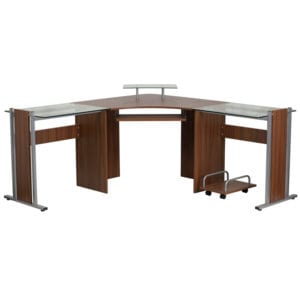Your Winter Park Office Furniture Supplier

Corporate & Personal Office Furniture Solutions
Find brand new office furniture for your local Winter Park organization or business at Capital Office Furniture. Need help? Our dedicated team can help in the selection of your next desk, chair, file or cubicle.
Are you seeking to modify your surroundings with new office furniture in Winter Park? Improve comfort and efficiency with fresh office furniture out of Capital Office Furniture. Whether it’s setting up a home office or a workplace for 100, we provide turnkey office furniture solutions. We offer furniture installation in Winter Park and throughout the Central Florida Region.
Winter Park is a suburban city in Orange County, Florida, United States. The population was 27,852 at the 2010 United States Census. It is part of the Orlando–Kissimmee–Sanford, Florida Metropolitan Statistical Area.
Winter Park was founded as a resort community by northern business magnates in the late 19th and early 20th centuries (Founded on July 4, 1881 – Tales of Winter Park). Its main street includes civic buildings, retail, art galleries, a private liberal arts college (Rollins College), museums, a park, a train station, a golf course country club, a historic cemetery, and a beach and boat launch.
Desks near Winter Park, FL
Seating near Winter Park, FL
-

Ascalon UpholsteOttoman Pouf in Fabric – Winter Park
-
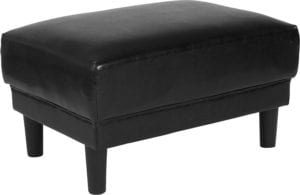
Asti UpholsteOttoman in LeatherSoft – Winter Park
-
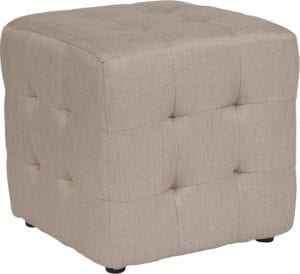
Avendale Tufted UpholsteOttoman Pouf in Fabric – Winter Park
-
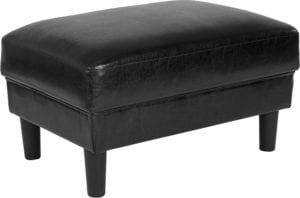
Bari UpholsteOttoman in LeatherSoft – Winter Park
-
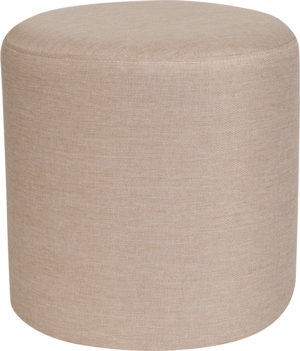
Barrington UpholsteRound Ottoman Pouf in Fabric – Winter Park
-
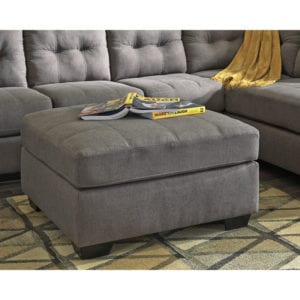
Benchcraft Maier Oversized Accent Ottoman in Microfiber – Winter Park
-
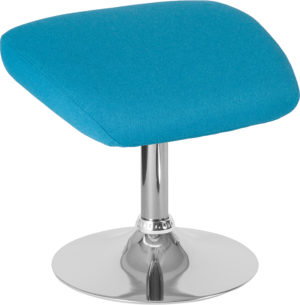
Egg Series Fabric Ottoman – Winter Park
-
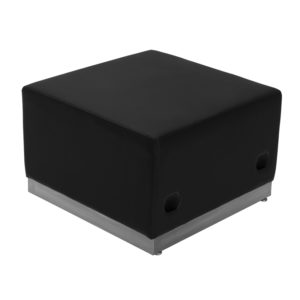
HERCULES Alon Series LeatherSoft Ottoman w/ Brushed Stainless Steel Base – Winter Park
-

HERCULES Imagination Series LeatherSoft Five Seat Bench – Winter Park
-

HERCULES Imagination Series LeatherSoft Four Seat Bench – Winter Park
-

HERCULES Imagination Series LeatherSoft Ottoman – Winter Park
-

HERCULES Imagination Series LeatherSoft Three Seat Bench – Winter Park
-

LeatherSoft Ottoman – Winter Park
-
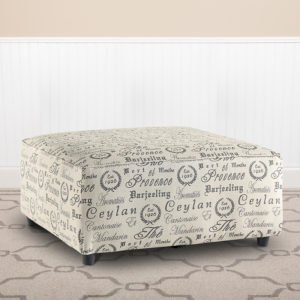
Signature Design by Ashley Alenya Oversized Accent Ottoman in Microfiber – Winter Park
-
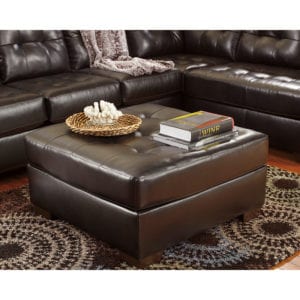
Signature Design by Ashley Alliston Oversized Ottoman in Faux Leather – Winter Park
Tables near Winter Park, FL
-
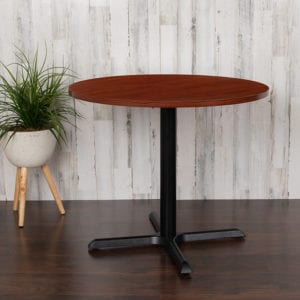
36″ Round Multi-Purpose Conference Table – Winter Park
-

5 Piece Oval Conference Table Set with 4 and Chrome LeatherSoft Executive Chairs – Winter Park
-

5 Piece Oval Conference Table Set with 4 LeatherSoft Panel Back Executive Chairs – Winter Park
-

5 Piece Oval Conference Table Set with 4 LeatherSoft Ribbed Executive Chairs – Winter Park
-

5 Piece Oval Conference Table Set with 4 LeatherSoft-Padded Task Chairs – Winter Park
-

6 Foot (72 inch) Oval Conference Table – Winter Park
Storage near Winter Park, FL
-
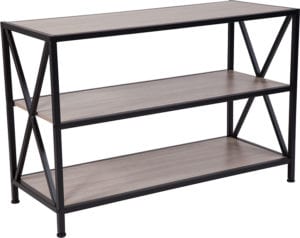
Chelsea Collection 3 Shelf 26″H Cross Brace Bookcase in Wood Gra – Winter Park
-

Cumberl& Collection 4 Shelf 65.75″H Bookcase w/ Drawer in Rustic Wood Gra – Winter Park
-
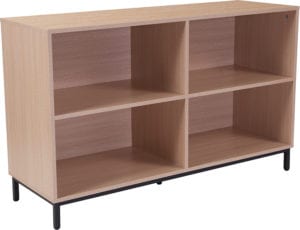
Dudley 4 Shelf 29.5″H Open Bookcase Storage in Wood Gra – Winter Park
-

Highl& Collection 3 Shelf 45.5″H Glass Bookcase w/ Metal Frame – Winter Park
-

Highwood Collection 3 Shelf 28″H Glass Frame Bookcase – Winter Park
-
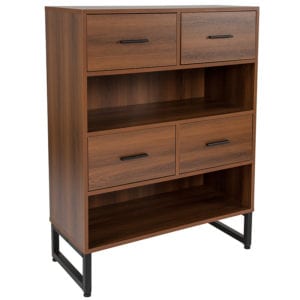
Lincoln Collection 2 Shelf 41.25″H Display Bookcase w/ Four Drawers in Rustic Wood Gra – Winter Park
-

Thompson Collection 4 Shelf 62″H Etagere Bookcase in Wood Gra – Winter Park
-
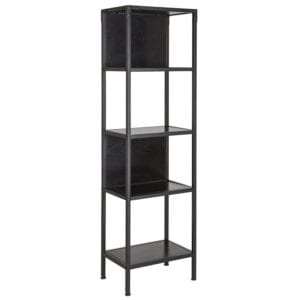
Tiverton Collection Industrial Style 4 Shelf 59″H Bookcase w/ Open & Panel Backing in Ash – Winter Park
-

Vernon Hills Collection 4 Shelf 57″H Chain Accent Metal Frame Bookcase in Antique Wood Gra – Winter Park
-

Woodridge Collection 63″H 5 Cube Storage Organizer Bookcase w/ Metal Cabinet Doors in Rustic Wood Gra – Winter Park
Cubicles near Winter Park, FL
-

10Pack Cluster Cubicle Desks 60W Straight Call Stations
-

10Pack Cluster Office Cubicles 5×5 L Shape Workstations
-

10Pack Cluster Office Cubicles 6×6 L Shape Workstations
-
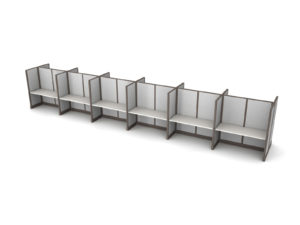
12Pack Cluster Cubicle Desks 60W Straight Call Stations
-

12Pack Cluster Office Cubicles 5×5 L Shape Workstations
-

12Pack Cluster Office Cubicles 6×6 L Shape Workstations
-

2Pack Cluster Cubicle Desks 36W Straight Call Stations
-

2Pack Cluster Cubicle Desks 60W Straight Call Stations
-

2Pack Cluster Office Cubicles 5×5 L Shape Workstations
-

2Pack Cluster Office Cubicles 6×6 L Shape Workstations
-

2Pack Cluster Office Cubicles 6×6 L Shape Workstations
-

2Pack Cluster Office Cubicles 6×6 L Shape Workstations
-

2Pack Collaborative Cluster Office Cubicles 6×6 L Shape Workstations
-

2Pack Inline Collaborative Office Cubicles 5×5 L Shape Workstations
-

2Pack Inline Cubicle Desks 36W Straight Call Stations
Information on Winter Park
By the 16th century, the earliest time for which there is a historical record, major Native American groups included the Apalachee of the Florida Panhandle, the Timucua of northern and central Florida, the Ais of the central Atlantic coast, the Tocobaga of the Tampa Bay area, the Calusa of southwest Florida and the Tequesta of the southeastern coast.
Florida was the first region of the continental United States to be visited and settled by Europeans. The earliest known European explorers came with the Spanish conquistador Juan Ponce de León. Ponce de León spotted and landed on the peninsula on April 2, 1513. He named it La Florida in recognition of the verdant landscape and because it was the Easter season, which the Spaniards called Pascua Florida (Festival of Flowers). The following day they came ashore to seek information and take possession of this new land. The story that he was searching for the Fountain of Youth is mythical and appeared only long after his death.
In May 1539, Conquistador Hernando de Soto skirted the coast of Florida, searching for a deep harbor to land. He described a thick wall of red mangroves spread mile after mile, some reaching as high as 70 feet (21 m), with intertwined and elevated roots making landing difficult. The Spanish introduced Christianity, cattle, horses, sheep, the Castilian language, and more to Florida. Spain established several settlements in Florida, with varying degrees of success. In 1559, Don Tristán de Luna y Arellano established a settlement at present-day Pensacola, making it the first attempted settlement in Florida, but it was mostly abandoned by 1561.
In 1565, the settlement of St. Augustine (San Agustín) was established under the leadership of admiral and governor Pedro Menéndez de Avilés, creating what would become one of the oldest, continuously-occupied European settlements in the continental U.S. and establishing the first generation of Floridanos and the Government of Florida. Spain maintained strategic control over the region by converting the local tribes to Christianity. The marriage between Luisa de Abrego, a free black domestic servant from Seville, and Miguel Rodríguez, a white Segovian, occurred in 1565 in St. Augustine. It is the first recorded Christian marriage in the continental United States.


